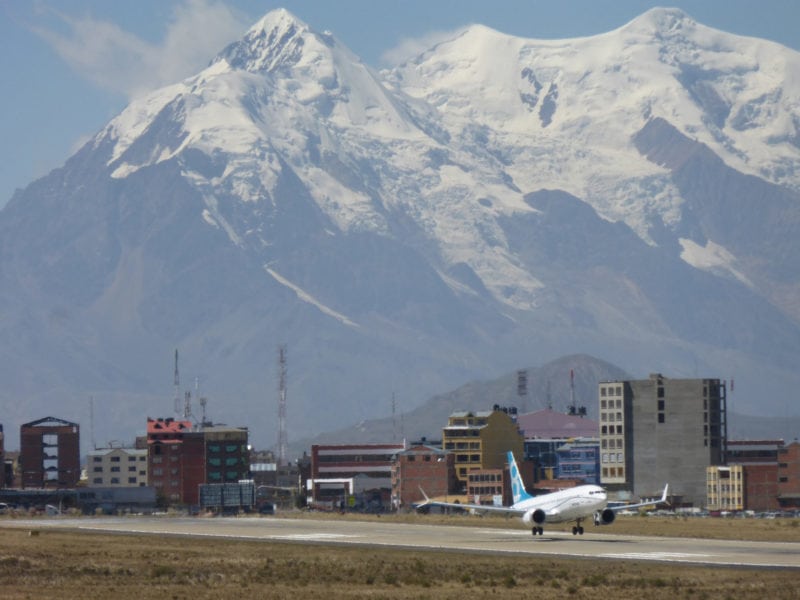
Boeing 737 MAX flight testing. Photo: Boeing.
Over the last year, Avionics extensively covered topics regarding Automatic Dependent Surveillance Broadcast (ADS-B) in every print issue, as well as online with interviews from all different aspects of the aviation industry. Still, the switch from ground-based legacy radar surveillance to the modern aerial surveillance link is multi-faceted with many different challenging questions about equipage, aircraft downtime, and more.
Here, we list 10 of our recent articles that you might have missed breaking down different technical and policy related subjects to keep you up to date on everything ADS-B.
Aireon is already able to see 1090 ADS-B messages from its payloads circling the world on Iridium’s new satellites. Check out how the company plans on verifying the initial performance of space-based ADS-B, all the way up until the full constellation and full service becomes available next year.
Australia’s latest ADS-B Out airspace equipage mandate took effect on Feb. 2, 2017. Here’s everything you need to know about aircraft operating in Australian airspace under the new ADS-B Out requirements.
While ADS-B Out isn’t required for commercially operated UAS, it could be in the future, at the beginning of the year, Uavionix and Trig Avionics both released new ADS-B transponders for Drones.
A report produced by the Purdue University’s School of Aeronautics and Astronautics, analyzed the potential impact of space-based Automatic Dependent Surveillance-Broadcast (ADS-B) technology on global aviation carbon emissions in remote and oceanic airspace. Authored by Karen Marais, the “Environmental Benefits of Space-based ADS-B” report indicates that the implementation of this technology can offer benefits preventing approximately 14.3 million metric tons of carbon dioxide (CO2) from being released into the atmosphere between 2020 and 2030.”
Thales will be deploying a nationwide ADS-B network in New Zealand to accommodate air traffic growth there.
Now that general aviation aircraft operators realize ADS-B is a necessary component of NextGen, they’re beginning to look to funding the acquisition and installation of related avionics in order to comply with the new rule. Here’s the details on what happened with a loan program that was originally designed to provide financial assistance for ADS-B upgrades, and where funding is available currently.
The FAA issued an emergency order for two versions of this avionics manufacturer’s ADS-B navigation units, which it found may contain sub-standard GPS chips.
A November 2016 report issued by the U.S. Department of Transportation Inspector General’s (IG) Office, highlighted major challenges associated with ADS-B In, considering the FAA has not yet been able to quantify what benefits can be derived for aircraft equipped with ADS-B in avionics.
WAAS-enabled GPS receivers are needed for airliner category aircraft in masses, as the mixed equipage status of the global airliner fleet presents a challenge for airlines to consider what GPS to add to their aircraft. We talked to industry experts to find out the latest on the need for new aircraft GPS receiver technology that is accurate enough for the ADS-B concept of operations.
Everything you need to know about two of the most well known U.S. airlines and their ADS-B fleet equipage plans in coming years.